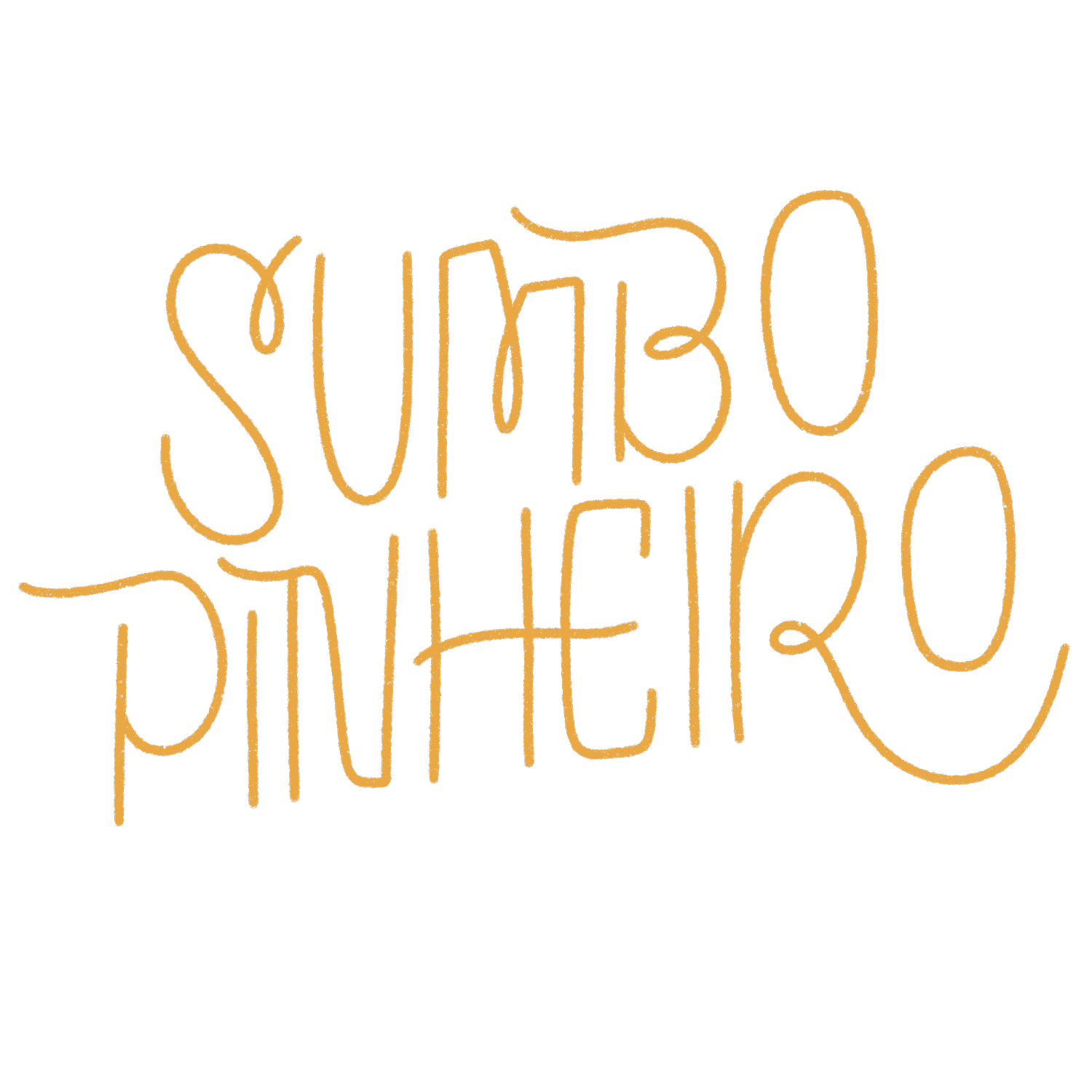Traditional vs. Digital Art: The 5 Lessons I Learned About Both Approaches
(Spoiler alert: One isn’t better than the other)
Is digital art really better than traditional art or the other way around? And does it really matter?
Most of us discover art the same way: with traditional or analogue tools. These include pencils, watercolours, oils, pastels, markers, papers, and more. Basically, anything that doesn’t include using a computer. However, nowadays, a lot more people discover art digitally, especially with the help of social media.
Whichever way we discover art, a lot of us focus on the tools and not the techniques. We all know the harmless but familiar, “What pen is that?”, “Which app is that?”, “Which paper is that?”, and many other tool-related questions. While it helps to know what your favourite artist is using, it also helps to know that they probably didn’t start out using those fancy, top-of-the-line tools. A lot of them went through trial and error and I can bet that a lot of them started out with pencil and paper, a Christmas gift that someone thought they might like, access to a specific app at work, or something that was just near and readily available to them.
Like you, I also fell into the same trap: buying lots of pens, watercolour pans, brushes, papers and the like because I thought it would help me get better or because my favourite YouTube artist said it was awesome. Over time, I realized that tools didn’t matter if your techniques were crap. So, I had to go back and learn the basics of everything I skipped: colour theory, shapes, fonts, shadows, lights, and everything else to help me understand why things came together the way they did.
After using both traditional and digital tools to create art, here are five lessons I’ve learned that I would like to share with you.
Lesson 1: You can’t undo anything in analogue.
Raise your hand if you love Ctrl+Z! Undo is great; especially when you’re working on a complicated piece but sometimes, I find myself trying to undo mistakes when I sketch or paint in real life. This means I have to be intentional with every stroke I make; and even when I make mistakes, I have to be creative with how I deal with them.
Lesson 2: Get the right tools.
There is a difference between the right tools and the “just because” tools. I created a lettering piece on YouTube where you can see how I used some Arteza pencils and honestly, I wasn’t very pleased with the outcome. I only used them because they were a Christmas gift and I was happy to try them out. Normally, I use the Faber-Castell Polychromos and let’s just say I won’t be using the Arteza pencils again. This is also the same for digital tools. Try out a bunch of free drawing apps and watch a lot of YouTube videos to see what you might like before making any financial commitments.
Lesson 3: Alternating between both analogue and digital is healthy.
There was a time when I took a very long break from working in traditional media (like 3 months…phew!) and I found it very hard to get back into the flow. It felt like I had lost some of my skills. I find that alternating between both digital and traditional tools can be a healthy mix so that your brain is able to switch modes immediately when needed.
Lesson 4: Every tool/medium has its limits.
Whether in digital or analogue, there are certain effects you just can’t recreate. While it is fun to experiment and try things out, it is also wise to know your limits so that you aren’t disappointed. Yes, you can always recreate watercolour washes in Procreate but it can’t be like the real thing unless you’re a true digital master and you’ve honed your craft over years. And this is just the same way you may not be able to reproduce very specific geometric shapes and effects with traditional media. It all depends on what result you aim to create.
Lesson 5: One isn’t better than the other.
This actually depends on your project, the look you’re going for and most importantly, the level of your skills. Some people are great at working in digital while some really suck at it and the other way around too. You just need to find what works for you and go with the flow. Most importantly, enjoy the process.
Regardless of which tool you prefer, the basics are always important to learn and whichever tool you use can also be tied to your style. And remember that it’s not a sin to dip your toes back and forth into whichever medium or tool brings you joy. So, go forth and create something awesome today, even if it sucks.




